Fed Maintains Interest Rates Amid Mixed Economic Signals
On June 12, 2025, the U.S. Federal Reserve opted to keep its benchmark interest rate steady in the 5.25% to 5.50% range, signaling a cautious stance as inflation cools but remains above target. This decision followed the closely watched Consumer Price Index (CPI) report released on Wednesday, which showed inflation in May rising 3.2% year-over-year—slightly down from April’s 3.4% and aligning with economists’ expectations.
Fed Chair Jerome Powell emphasized that while progress on inflation is visible, the Federal Open Market Committee (FOMC) will require “further evidence” that inflation is sustainably returning to the 2% target before considering a rate cut. Markets are now pricing in the first reduction potentially as late as September, shifting prior expectations that predicted a July move.
Consumer Spending Cools as Credit Usage Slows
New data from the U.S. Department of Commerce released Thursday show that consumer spending growth slowed in May, rising just 0.2% compared to 0.4% in April. Inflation-adjusted spending, known as real personal consumption expenditures (PCE), also flattened.
“Households are tapping the brakes,” said Dana Callahan, senior economist at Wells Fargo. “Even though wage growth remains stable, elevated interest rates and higher prices—particularly for housing and services—are weighing on disposable income.”
Further adding to the trend, a Federal Reserve report noted that credit card balances declined for the first time in nine months. Analysts interpret this as a sign of greater consumer caution and tighter household budgets heading into the second half of 2025.
Personal Finance Trends: Saving Boosts, but Budgeting Tightens
Personal finance platforms like Mint and YNAB report a 15% increase in users creating new savings goals in Q2 2025, a trend coinciding with rising financial planning content engagement across social media. Experts suggest that persistent economic uncertainty and a longer “higher for longer” rate environment have prompted Americans to re-evaluate their budgets.
“We’re seeing a real behavior shift,” said Lauren Kim, head of consumer insights at Fidelity Investments. “People are cutting back on discretionary expenses like dining out and subscriptions, while increasing automatic transfers to emergency and retirement accounts.”
What It Means for You
For consumers, the Fed’s decision to hold rates means that borrowing costs—on credit cards, auto loans, and mortgages—will stay high in the short term. Fixed mortgage rates continue to hover around 6.9%, slowing new home purchases across many regions.
However, higher interest rates are also benefiting savers. Yields on high-yield savings accounts and certificates of deposit (CDs) remain above 5%, offering a strong incentive for individuals to bolster their cash reserves.
Market Reaction: Volatility Increases Amid Rate Uncertainty
U.S. stock markets closed mixed on June 13, 2025, as investors digested the rate outlook. The S&P 500 finished the day down 0.3%, while the Nasdaq gained 0.5%, buoyed by continued strength in resilient tech stocks. Treasury yields dipped slightly, signaling investor belief that rate cuts may arrive later this year.
“We’re in a data-dependent phase now,” said Mark Eastwood, chief investment strategist at Blackridge Capital. “Markets are competing between inflation uncertainty and recession fears, which is driving choppy activity across asset classes.”
Looking Ahead
Next week will bring key updates, including retail sales figures and consumer sentiment data, which could offer further clarity on the strength of consumer demand. In addition, several major retailers are set to report earnings, shedding further light on how Americans are spending in a high-rate economy.
Until inflation shows clear and sustained movement toward the Fed’s 2% goal, rate policy is likely to remain cautious. For consumers, the current environment reinforces the importance of precise budgeting, diligent saving, and strategic debt management in the second half of 2025.



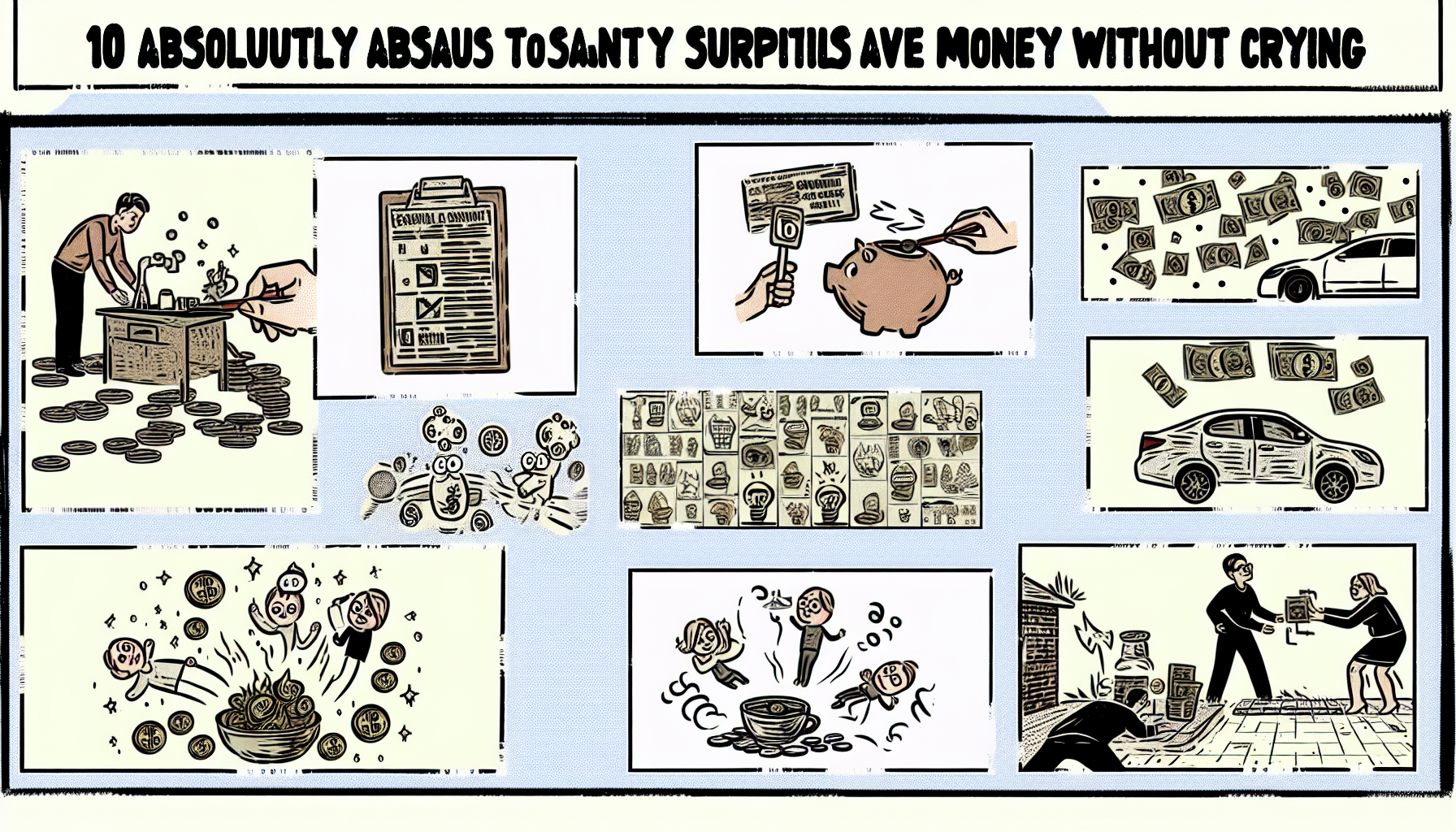


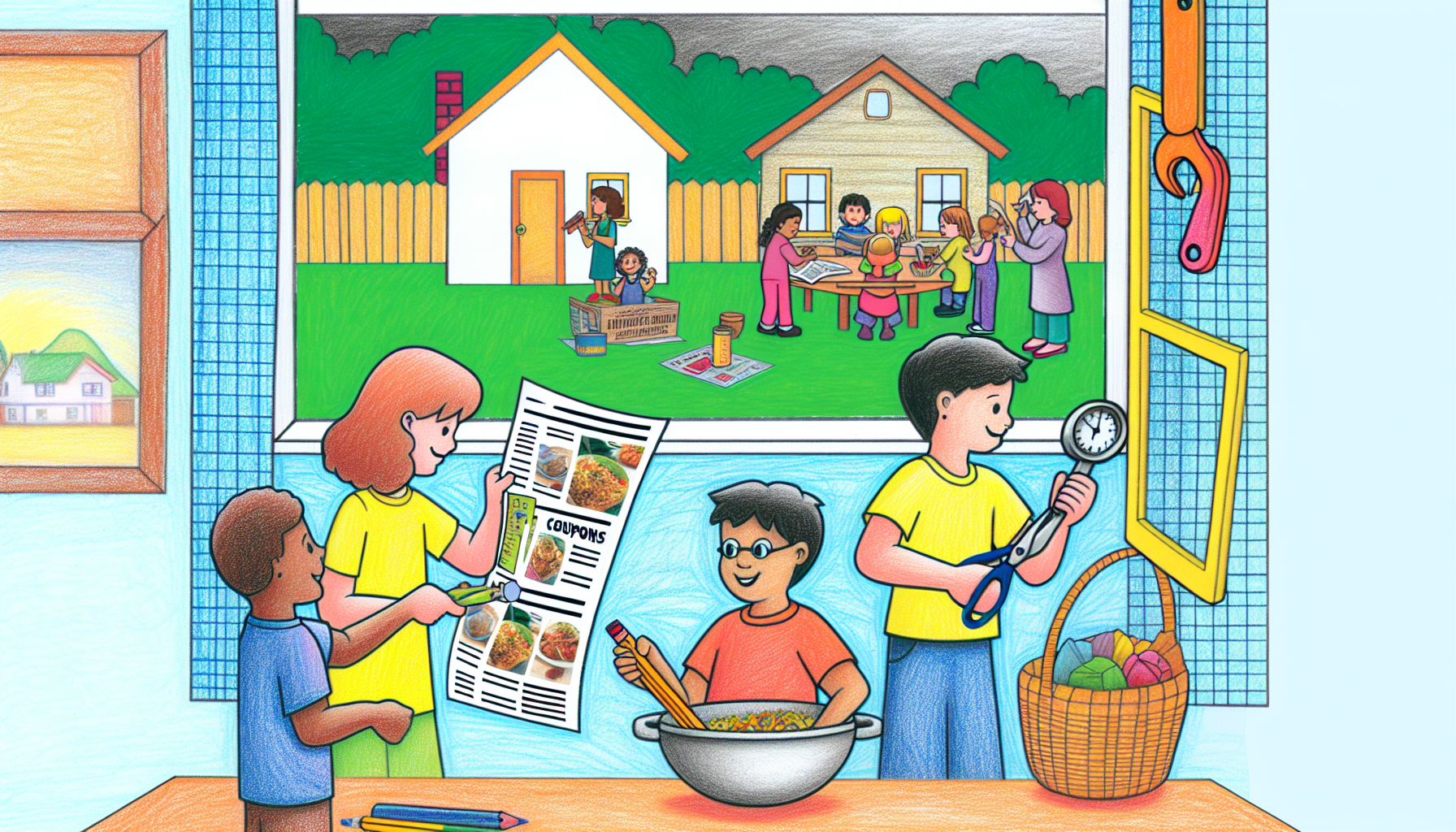


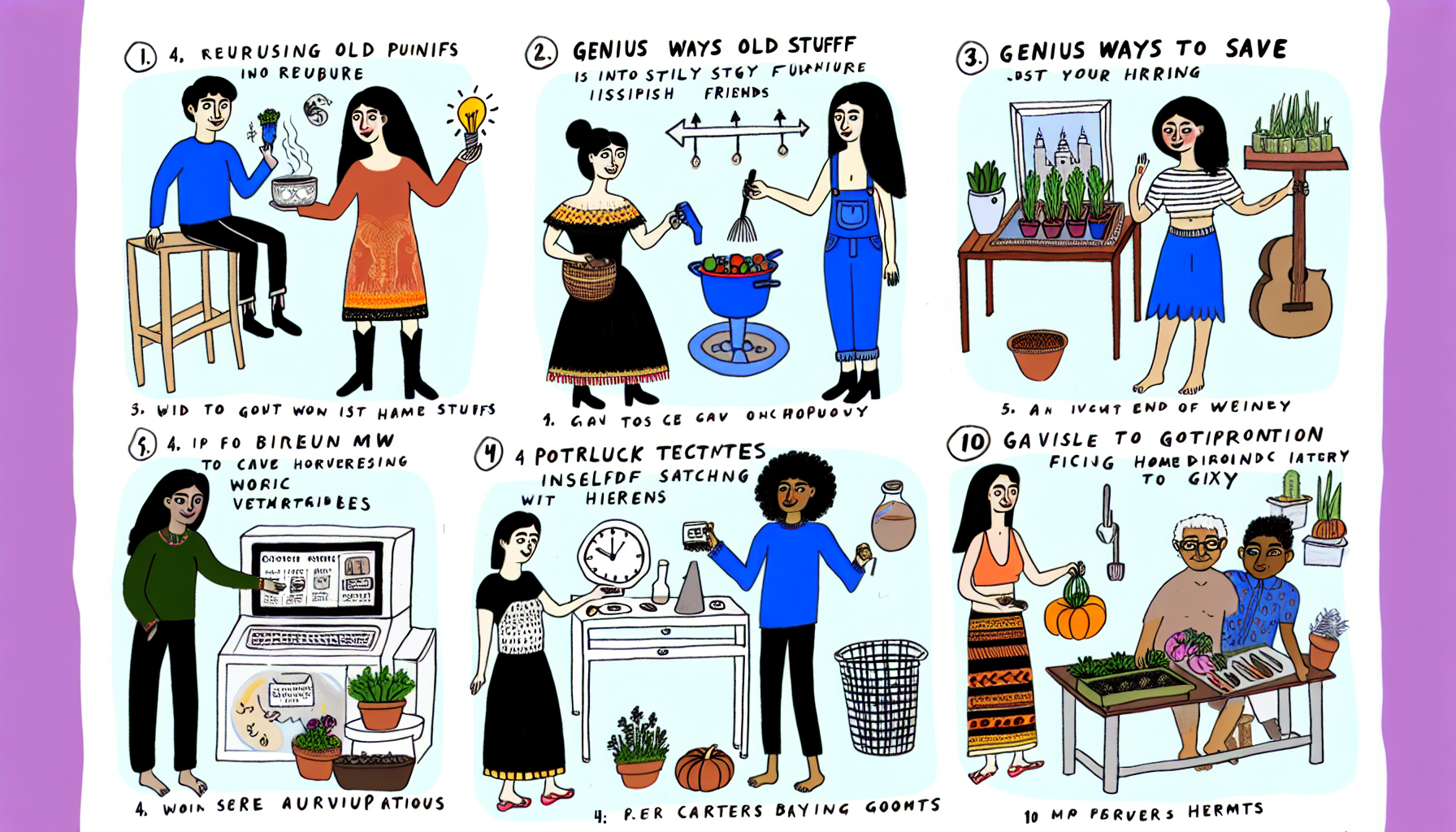
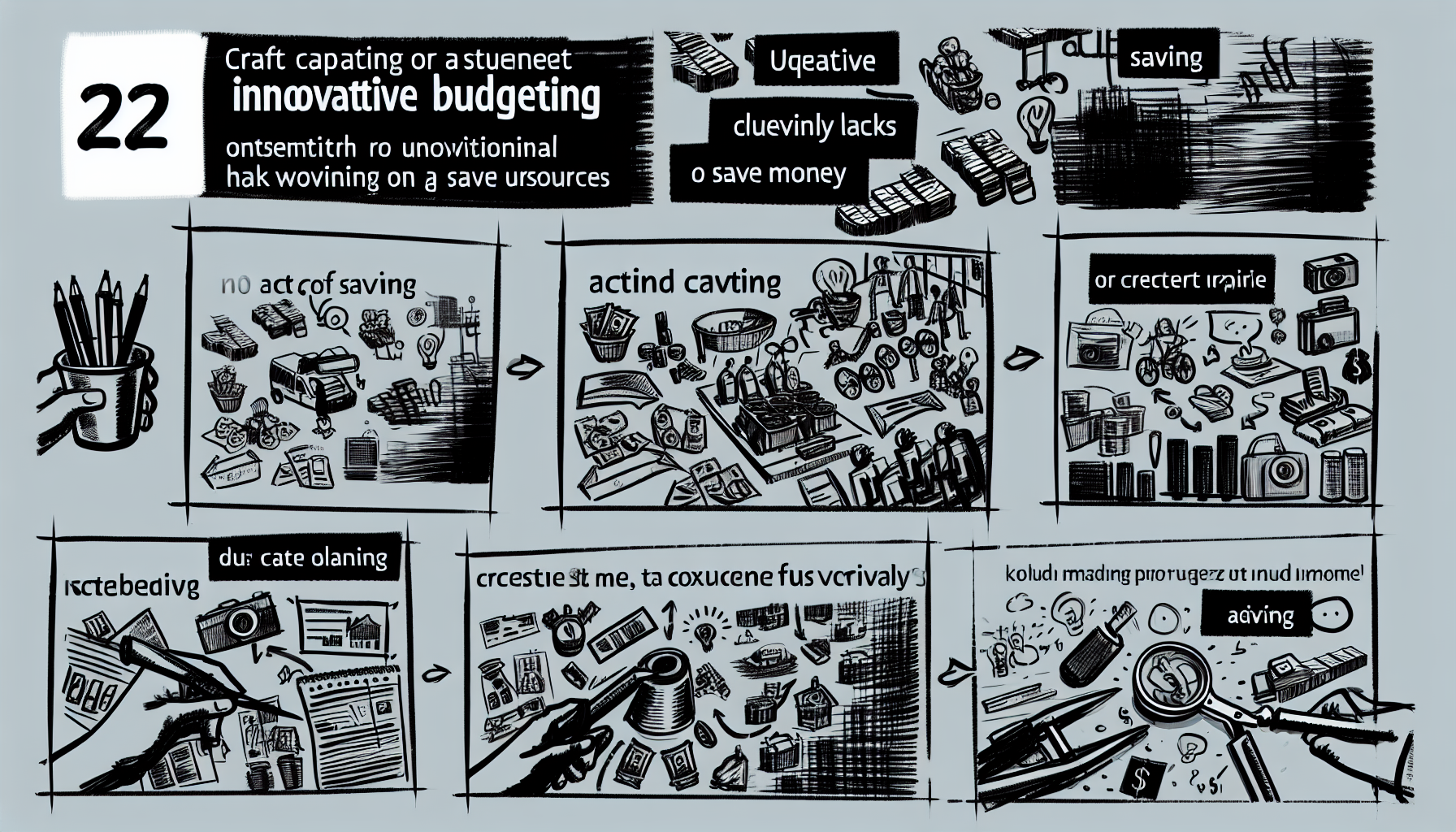
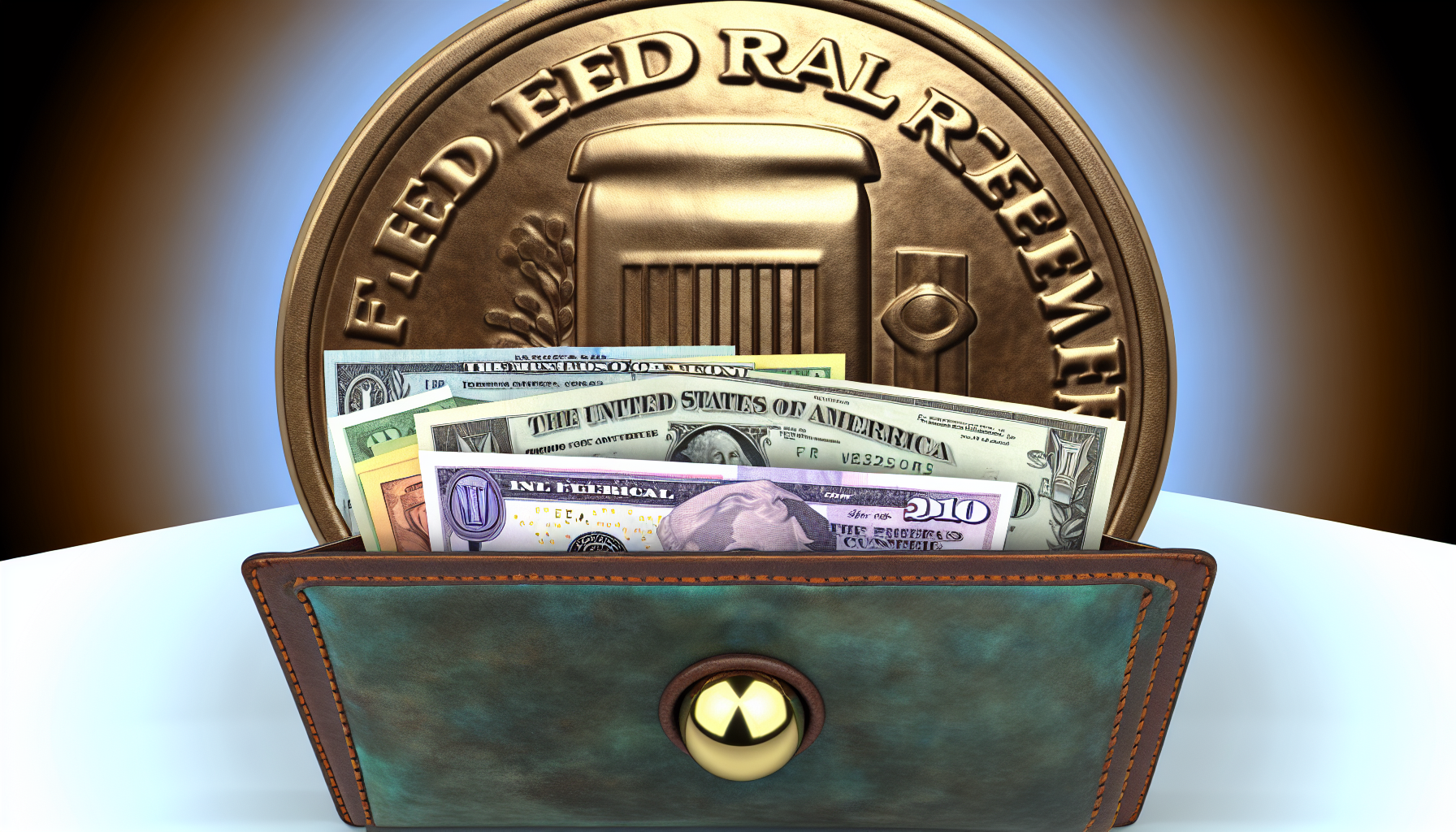


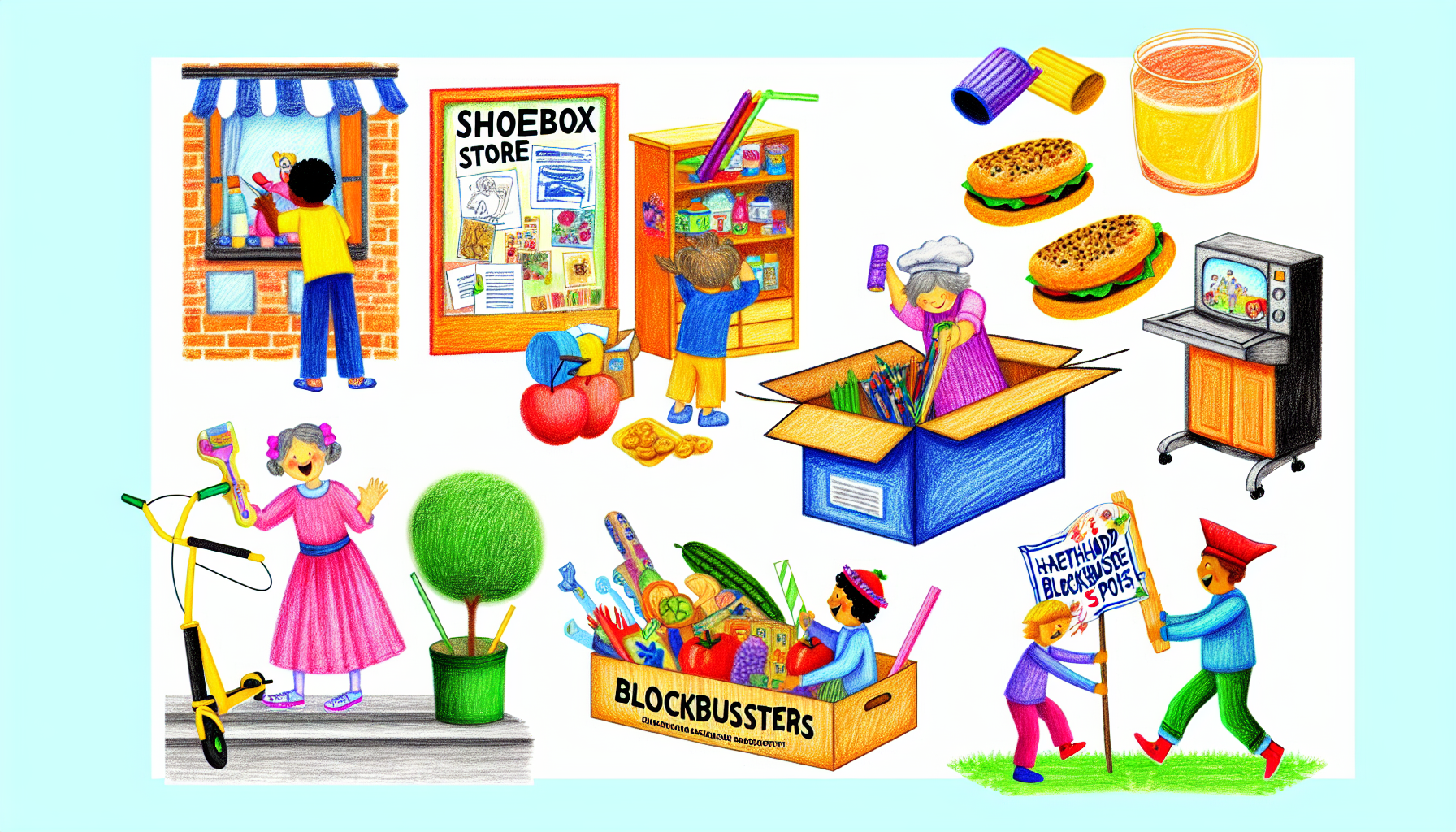
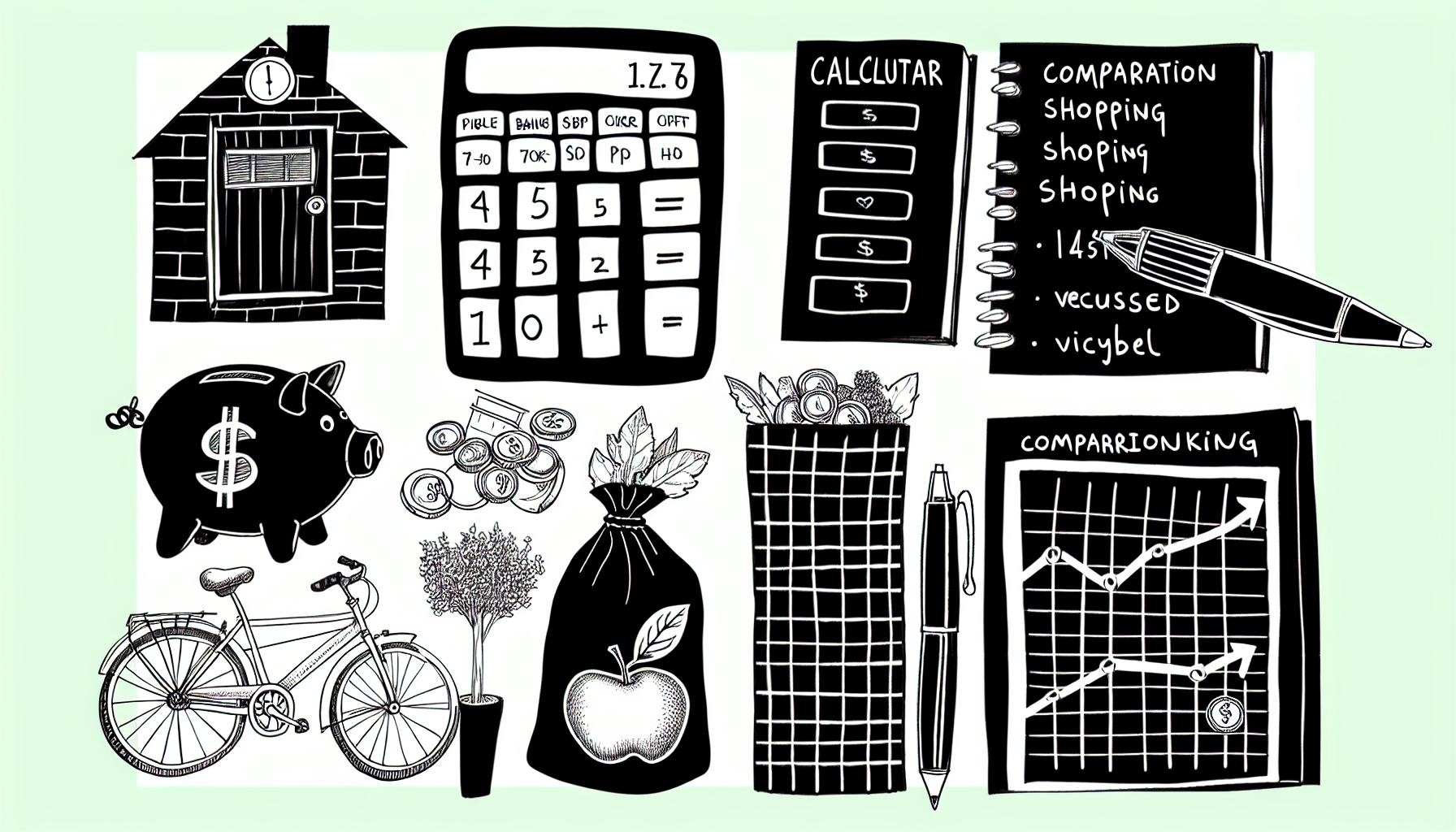





Leave a Reply